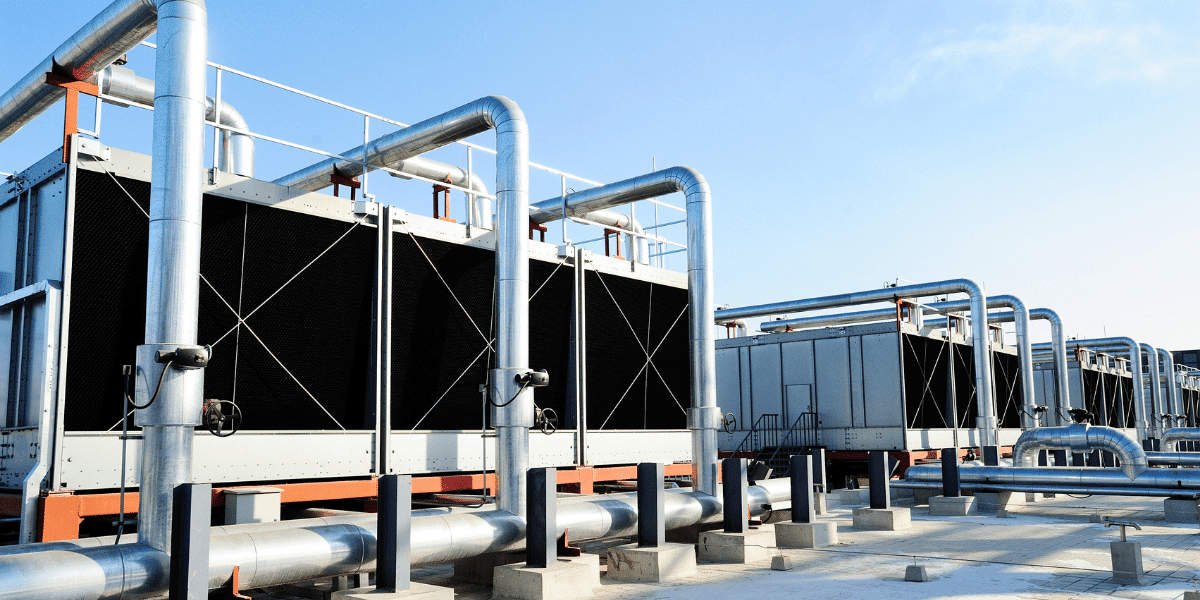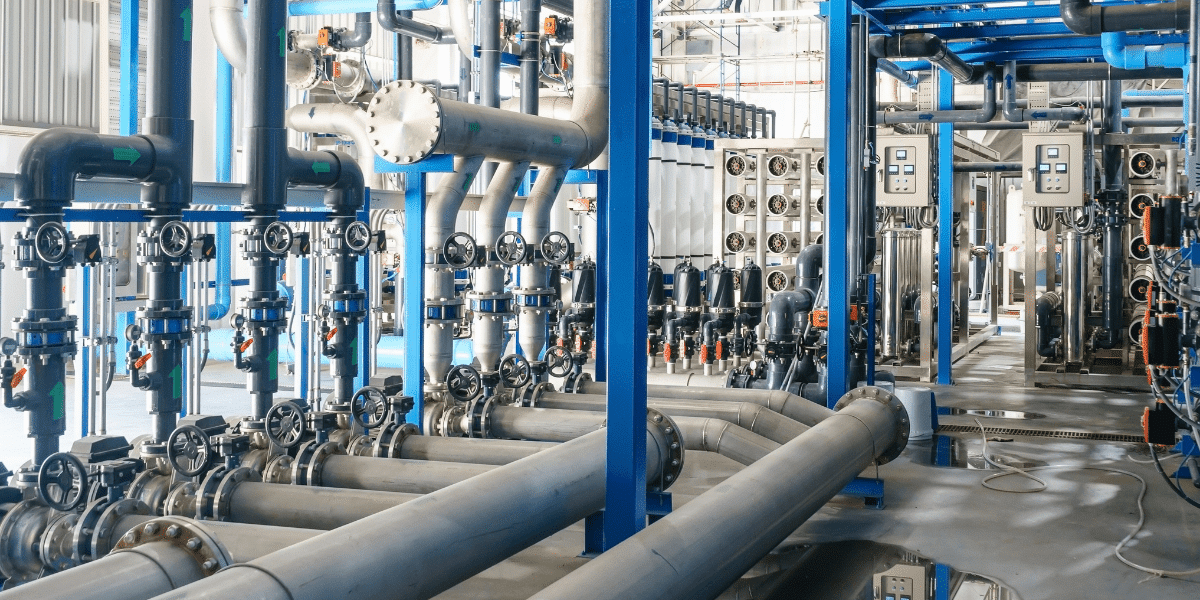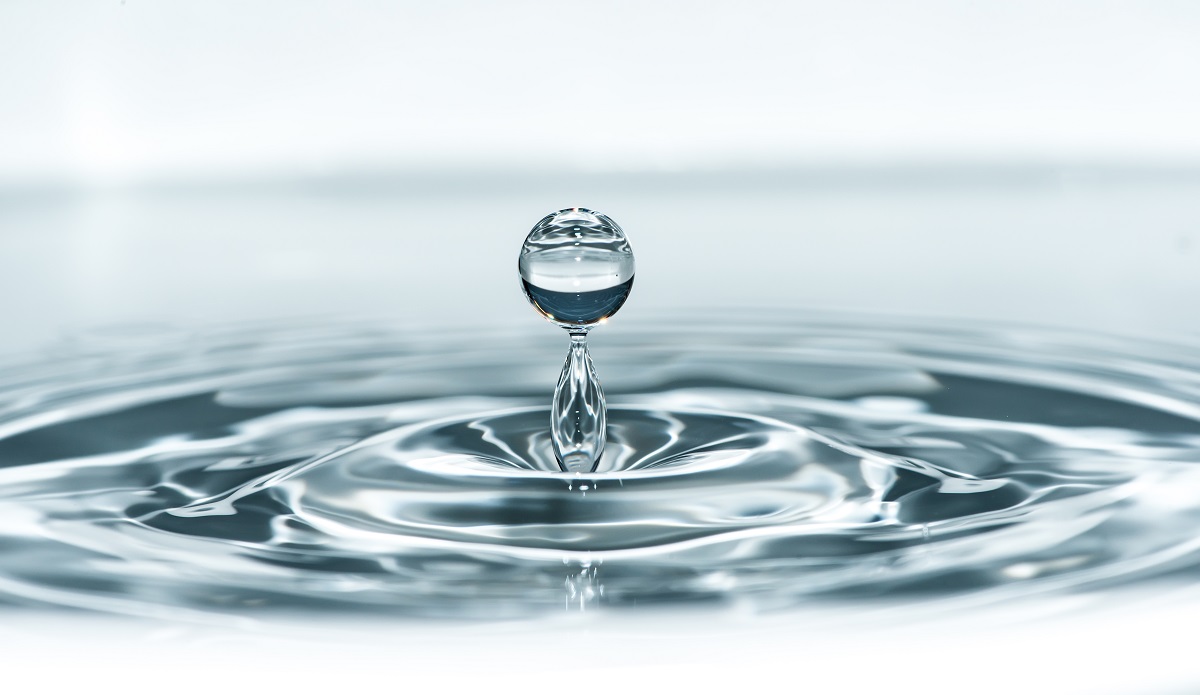Fouling refers to the buildup of solid matter in a water system, like scum on the surface of a pond, or rust on the hull of a boat. This buildup can...
Blog


CHEMICAL INDUSTRY NEWS
Chemical Chat – Discover What’s New!
Water Treatment For Cooling Tower
What is chemical water treatment for cooling tower? Water treatments for cooling towers involve treating the water in your systems with chemicals to...
Cooling Water Treatment Chemicals
What are cooling water treatment chemicals? These are chemicals used in water cooling towers. Water cooling towers are found in almost every...
Cooling Tower Water Treatment
What is a cooling tower water treatment? Cooling towers are the equipment you often see on top of commercial...
Water Treatment For Cooling Tower
What is chemical water treatment for cooling tower? Water treatments for cooling towers involve treating the water in...
Company News

Managed Services
Discover the Latest in Safe and Sustainable Chemical Solutions
Stay informed with Ecolink’s blog! Subscribe now
Chemical Management Information
Stay updated with us
Sign Up for the Latest Updates
Stay informed about chemical supply chain disruptions and emerging innovations to keep your business at the forefront of efficiency and innovation. Uncover new ways to make your business practices more sustainable by incorporating safer products into your cleaning lineup.


























